China Brands, Marketing & Consumers
China’s Bubble Tea Boom: Top 10 of Popular Milk Tea Shops in the PRC
China’s bubble tea (aka pearl milk tea) market is booming: these are the top 10 popular milk tea shops in the PRC.
Published
7 years agoon
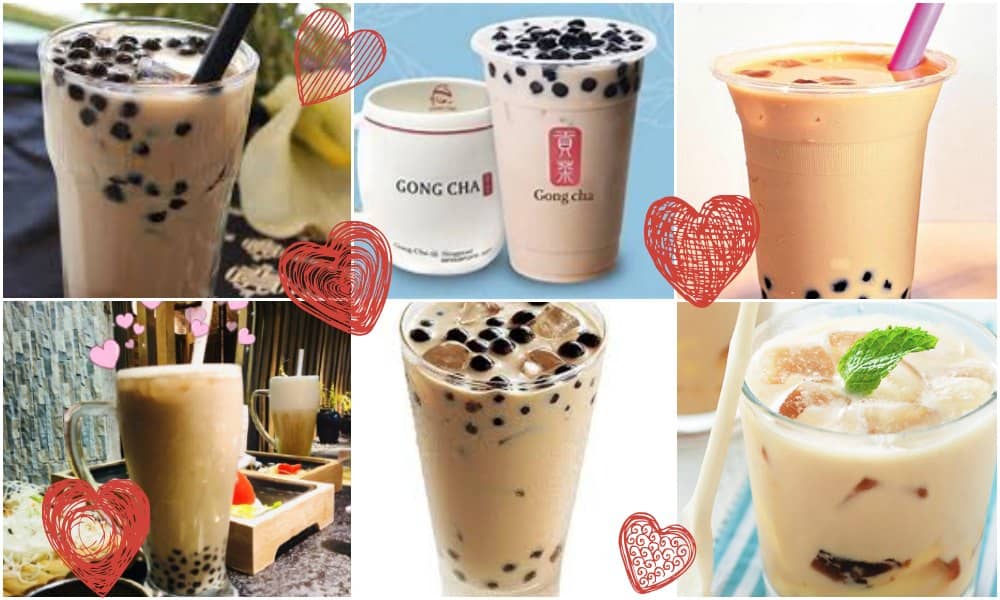
WHAT’S ON WEIBO ARCHIVE | PREMIUM CONTENT ARTICLE
With an ancient historical tradition of drinking tea, Chinese consumers are now turning to a different cup of tea; the iced and creamy bubble tea is a national favorite that’s also crossing borders and becoming more popular outside of Taiwan and mainland China. What’s on Weibo provides an introduction to the bubble tea craze and a top 10 of milk tea shops in mainland China.
April 30 has recently been named National Bubble Tea Day by the US-based milk tea chain Kung Fu Tea, which aims to introduce bubble tea and its culture to consumers all around the world.
The launch of this brand-new ‘National Bubble Tea Day’ and the general growing presence of milk tea shops in various countries shows the attraction of bubble tea – both in and outside China.
More Milk Tea than Coffee
Pearl milk tea or bubble tea, also known as ‘boba’ (bōbà nǎichá 波霸奶茶/ zhēnzhū nǎichá 珍珠奶茶), was first invented in Taiwan in 1988 – and has since become an important part of Taiwanese food culture. Over the past decade, the bubble tea craze has also blown over to mainland China.
For those unfamiliar with the drink; most pearl milk tea products contain an iced tea base and milk, with chewy tapioca pearls and sugar. Although this is a standard recipe, China’s many bubble milk tea shops and chains now have a growing selection of fruit flavored bubble tea or chocolate flavored bubble tea beside their original flavored bubble tea.
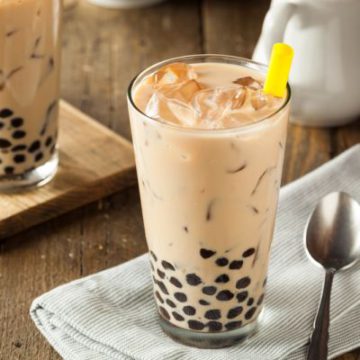
Since milk tea came to the mainland market in 1996, it has beaten coffee as a drink in terms of popularity. According to China marketing platform lbzuo.com (鹿豹座), Chinese now consume five times more milk tea than coffee. After the arrival of pearl milk tea to mainland China, coffee has taken a backseat, meaning that milk tea, in 15 years, beat what coffee in China did in 130 years. Bubble tea consumption continues to rise at a high rate each year.
Early on, pearl milk tea products were primarily targeted at young, female students between the ages of 15 and 25. Over recent years, however, the demographics have expanded as more men and working professionals are joining the craze.
The alternative to Starbucks
What makes pearl milk tea such a tantalizing drink to so many? Some say it is the combinations of having a drink and chewy snack in one, others claim the flavors are unrivaled, especially when compared to coffee; while western countries are immersed in the coffee lifestyle, China is more invested in milk tea.
This also has to do with China’s ancient tea culture. Although coffee has gradually become more popular in mainland China since the arrival of large chains such as Starbucks, some experts, such as tea entrepreneur Jiang Jiadao, say it is not about the coffee itself, but about new realities of modern life, where people want to pick up a quick drink or sit down somewhere with a friend in between meetings.

Long lines in front of a milk tea shop.
“It’s not because they love the coffee,” Jiang told SCMP: “The popularity of Starbucks doesn’t have anything to do with changing tastes for coffee instead of tea, or more love of Western culture. I think we love the lifestyle it stands for. If we can offer a similar lifestyle and experience over tea, this would work.”
And it seems to be working. People do not just love the drink’s taste and texture, bubble tea has also become more popular in China – especially amongst the younger generations – because they love the style and image of China’s new trendy tea house brands.
As reported by Caixin Global, Chinese bubble tea makers recently have been further building on their cool bubble tea image by merging with bookstores, popular clothing brands, or restaurant chains.
Mango Cheese Milk Tea
To attract more customers in a growingly competitive industry, milk tea brands now also add popular new flavors, snacks, and sweets to their menu. Recently, the so-called ‘dirty [chocolate] bread’ or ‘zang zang bao’ went viral as it was placed on the menu of various milk tea shops, conquering the hearts of Beijing’s milk tea lovers.
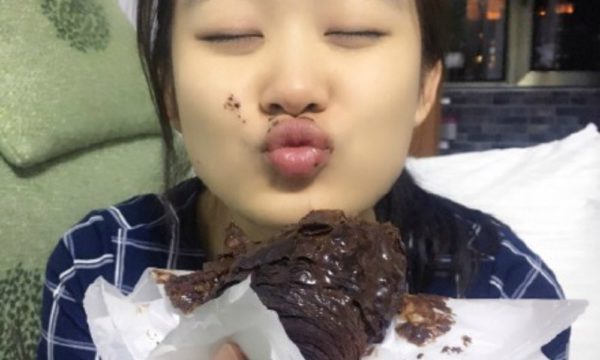
The ‘dirty bread’ is a popular snack sold by milk tea shops.
Some milk tea stores are also staying ahead of their competition by releasing products that grab people’s attention. The chain Happy Tea, for example, released their ‘Mango Cheese Tea’ after they found that many Chinese social media users search for both ‘mangos’ and ‘cheese’.
On Chinese social media, the bubble tea trend is clear from the many photos posted of the drink every single minute. “After a long day of work, all I need is my bubble tea,” are among the things written along with colorful and appealing pearl milk tea pics.
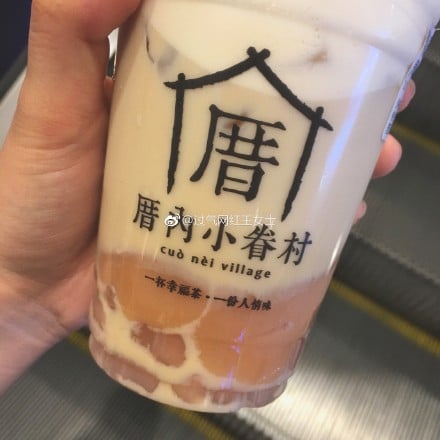
Drinking Bubble Tea is something to show to social media followers; a trendy drink, a lifestyle.
Some netizens express the sheer joy pearl milk tea can bring to people, with various celebrity idols now also endorsing China’s major milk tea shops, such as Yi Dian Dian (1點點).
Netizen @CLSD writes: “Tonight on my way home from work I made a detour at Yi Dian Dian. As I waited in line a while, I could see everyone’s smiles as they walked out with their milk tea. People who enjoy milk tea are so lovely. It’s indescribable. My favorite singer is also a milk tea enthusiast…”
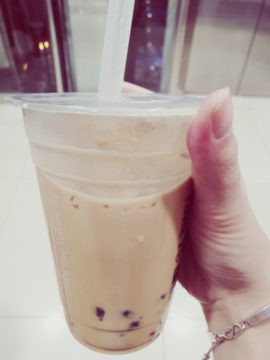
Others express their new-found love for the drink, writing: “I’m done for. I just started liking milk tea…”
Recently, long queues outside of milk tea shops have become a daily occurrence in major cities throughout China.* The craze for milk tea has been aided by strategic placement of stores nearby schools and office buildings. More often you can see milk tea brought into restaurants, schools, and offices. In contrast to coffee, milk tea is consumed virtually any time of the day.
The Most Popular Milk Tea Shops in China
Here is a top 10 of the most popular milk tea brands in China, of which many already have or will expand outside of Taiwan or mainland China. This list is compiled based on various sources, including Chinese online marketing magazines and Chinese food bloggers (e.g. 91yinpin.com, mroyal.cn, sina.com, sohu.com):
● #1 Yi Dian Dian (1點點 or 一点点奶茶)

Yi Dian Dian started in Taipei in 2010. The chain specializes in Taiwanese style milk tea, fruit tea, as well as desserts. Currently, Yi Dian Dian has over 600 stores in China and the Philippines. The company is expanding operations into countries such as England, Thailand, and Japan. Their main clientele is young students and professionals.
● #2 HEYTEA(喜茶)
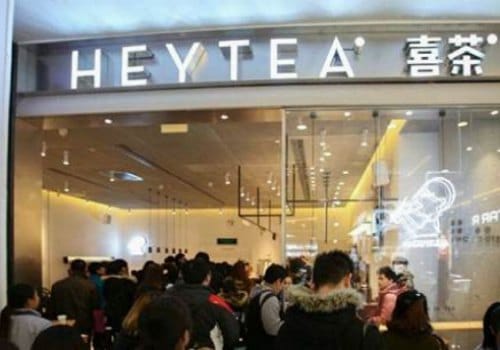
HEYTEA, formerly called Royal Tea (皇茶), was founded in 2012 by the Guangdong-born Yunchen Nie (聂云宸), who aspired to launch a Starbucks-style brand in the tea market. It has worked; the company now has 80 outlets in 13 cities. HEYTEA is the innovator behind “cheese tea” (奶盖茶, sweet creamy tea). Since this creation, they have concentrated on finding and incorporating high quality tea into their line of products. In 2016, they received a 100 million yuan outside investment.
● #3 Coco (coco都可奶茶)
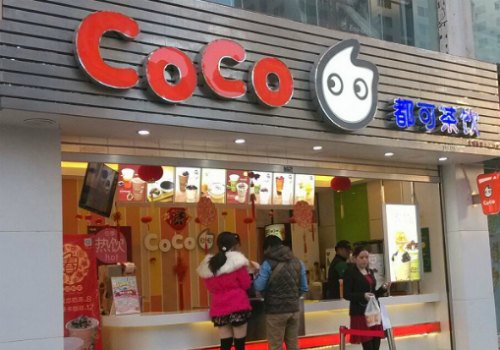
Coco first opened in Taipei in 1997. Over the last 20 years, they have opened over 2000 stores worldwide with locations in the US, UK, Thailand, and Korea among others. Coco offers customers a variety of beverages that meet a wide range of taste preferences. They also perform regular health and safety checks as well as fresh ingredients to put consumer worries at ease.
● #4 Gong Cha(薡御贡茶)
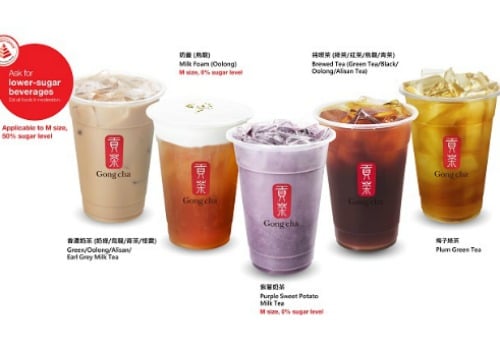
The milk tea shop with the most international exposure, Gong Cha started in Taiwan. Since 2006, this premium milk tea shop has become one of the largest in the world with more than 1,500 locations from Hong Kong to South Korea, New Zealand, Australia, USA, Singapore, and other countries.
● #5 Yunyang Royal (云仰皇茶)
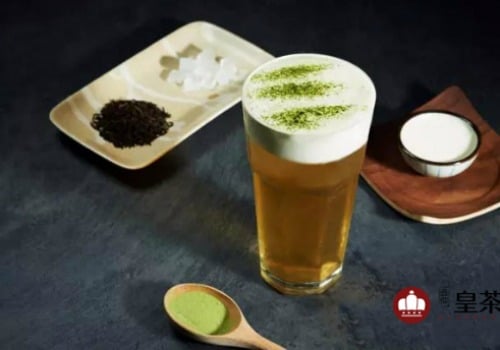
This brand has also been dubbed the “Hermes of the milk tea industry” because of its exquisite quality and higher price. It is a relatively new player in the milk tea market, only founded in 2016 in Dongguan, and has introduced a range of interesting flavors, including cheese rose Oolong, cheese cream cocoa, or milk salt mountain green tea.
● #6 China Fruit Time(鲜果时间)

This shop was founded in Beijing in 2007, mainly focused on the take-out beverage market. It was an immediate success, with the franchise chain opening 40 new stores within a year after its founding. The brand mainly focuses on being “fresh, stylish, and healthy” and now has shops all over mainland China.
● #7 Utepia(乌茶邦)
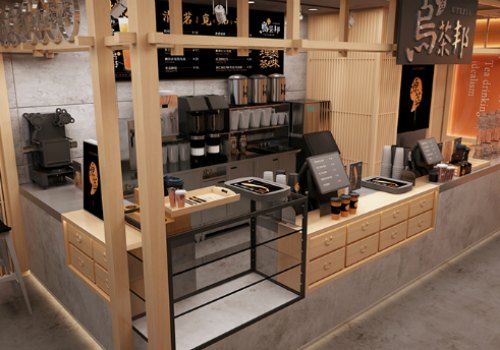
Utepia, Wu Cha Bang in Chinese, is a stylish milk tea franchise that is very new and based on the idea of being the “celebrity milk tea” – a very strong brand identity that is all about targeting young generations with a love for classy, traditional products. Although the company is new, some media predict 2018 will be the breakthrough year for this brand.
● #8 Happy Lemon(快乐柠檬)
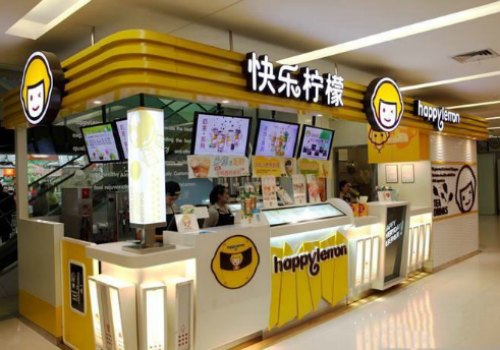
Happy Lemon was founded in Shanghai in 2006, although its owner (Albert Wu) has been active in the tea business since the early 1990s in Taipei. The main company behind this brand, Yummy Town Holdings Corporation, also owns RBT Tea Cafe (仙踪林) and other brands, which have stores in many countries including mainland South Korea, Japan, Britain, the United States, Australia and Canada.
● #9 Dakasi(大卡司)
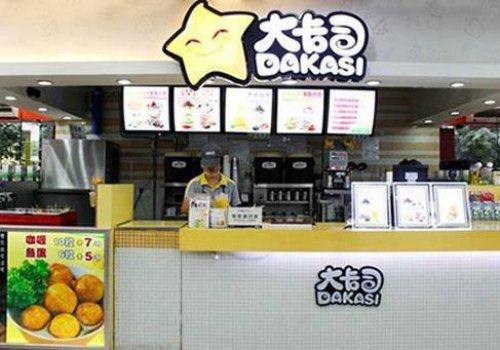
Dakasi is another milk tea shop with Taiwanese roots since 1990, which arrived in mainland China in 1999, where it set up its headquarters in Guangdong. It is a somewhat simple and classic milk tea brand that is especially loved by younger generations.
● #10 Attakai Kokoro Tea Shop(恋暖の初茶)
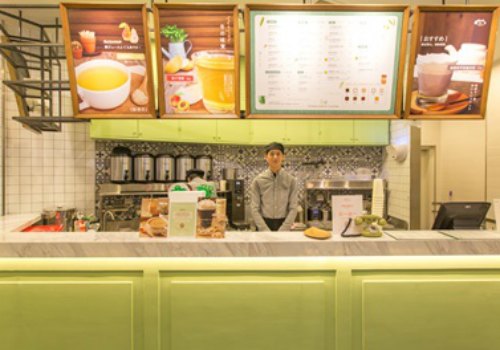
Although it has a Japanese name, this franchise tea shop is actually Chinese and just focuses on the fashionable Japanese style and quality ingredients, which the brand claims all come from Japan, Taiwan, and the US. It distinguishes itself from other brands by offering high-quality products at a relatively low price.
By Ryan Gandolfo and Manya Koetse
Follow @whatsonweibo
Spotted a mistake or want to add something? Please let us know in comments below or email us.
©2018 Whatsonweibo. All rights reserved. Do not reproduce our content without permission – you can contact us at info@whatsonweibo.com.
Ryan Gandolfo is an Economics graduate from Miami who has worked and lived in Shanghai, Baoding, and Guangzhou. He is interested in China's growing role in the global economy and closely follows the development of major Chinese technology firms.
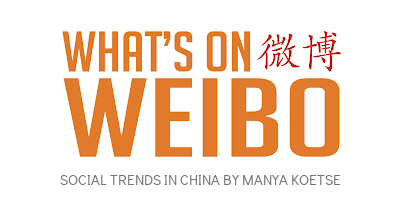
China Animals
China Faces Unprecedented Donkey Shortage Crisis
“We have plenty of cattle and horses in China now — just not enough donkeys” (“目前我国牛马都不缺,就缺驴”).
Published
1 week agoon
October 5, 2025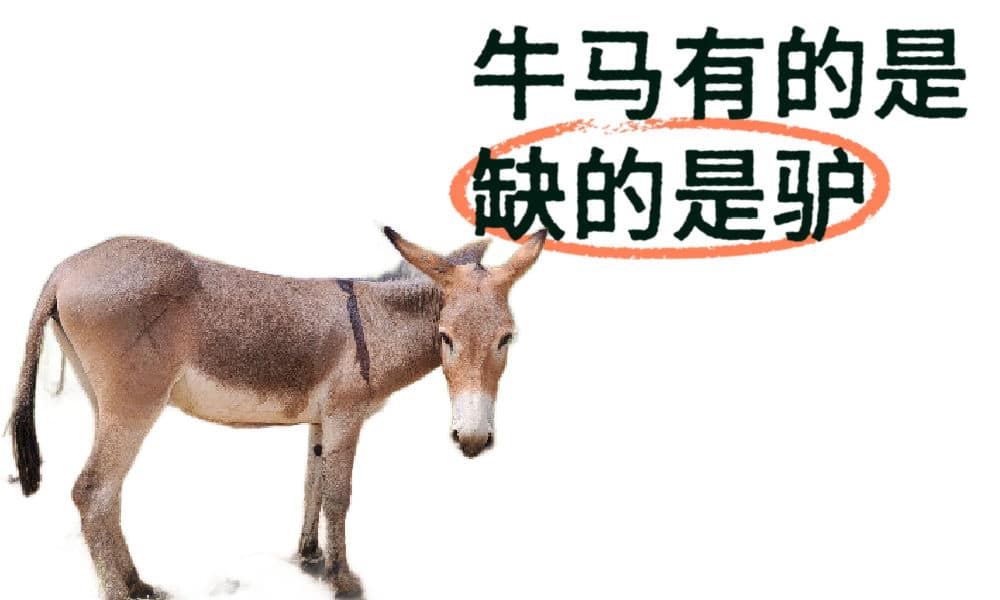
China is facing a serious donkey shortage. China’s donkey population is far below market demand, and the prices of donkey-related products continue to rise.
Recently, this issue went trending on Weibo under hashtags such as “China Currently Faces a Donkey Crisis” (#我国正面临缺驴危机#).
The Donkey Branch of China’s Livestock Association (中国畜牧业协会驴业分会) addressed this issue in Chinese media earlier last week, telling China News Weekly (中国新闻周刊): “We have plenty of cattle and horses in China now — just not enough donkeys” (“目前我国牛马都不缺,就缺驴”).
China’s donkey population has plummeted by nearly 90% over the past decades, from 11.2 million in 1990 to just 1.46 million in 2023.
The massive drop is related to the modernization of China’s agricultural industry, in which the traditional role of donkeys as farming helpers — “tractors” — has diminished. As agricultural machines took over, donkeys lost their role in Chinese villages and were “laid off.”
Donkeys also reproduce slowly, and breeding them is less profitable than pigs or sheep, partly due to their small body size.
Since 2008, Africa has surpassed Asia as the world’s largest donkey-producing region. Over the years, China has increasingly relied on imports to meet its demand for donkey products, with only about 20–30% of the donkey meat on the market coming from domestic sources.
China’s demand for donkeys mostly consists of meat and hides. As for the meat — donkey meat is both popular and culturally relevant in China, especially in northern provinces, where you’ll find many donkey meat dishes, from burgers to soups to donkey meat hotpot (驴肉火锅).
However, the main driver of donkey demand is the need for hides used to produce Ejiao (阿胶) — a traditional Chinese medicine made by stewing and concentrating donkey skin. Demand for Ejiao has surged in recent years, fueling a booming industry.
China’s dwindling donkey population has contributed to widespread overhunting and illegal killings across Africa. In response, the African Union imposed a 15-year ban on donkey skin exports in February 2023 to protect the continent’s remaining donkey population.
As a result of China’s ongoing “donkey crisis,” you’ll see increased prices for donkey hides and Ejiao products, and oh, those “donkey meat burgers” you order in China might actually be horse meat nowadays. Many vendors have switched — some secretly so (although that is officially illegal).
Efforts are underway to reverse the trend, including breeding incentives in Gansu and large-scale farms in Inner Mongolia and Xinjiang.
China is also cooperating with Pakistan, one of the world’s top donkey-producing nations, and will invest $37 million in donkey breeding.
However, experts say the shortage is unlikely to be resolved in the short term.
The quote that was featured by China News Weekly — “We have cows and horses, but no donkeys” (“牛马有的是,就缺驴”) — has sparked viral discussion online, not just because of the actual crisis but also due to some wordplay in Chinese, with “cows and horses” (“牛马”) often referring to hardworking, obedient workers, while “donkey” (“驴”) is used to describe more stubborn and less willing-to-comply individuals.
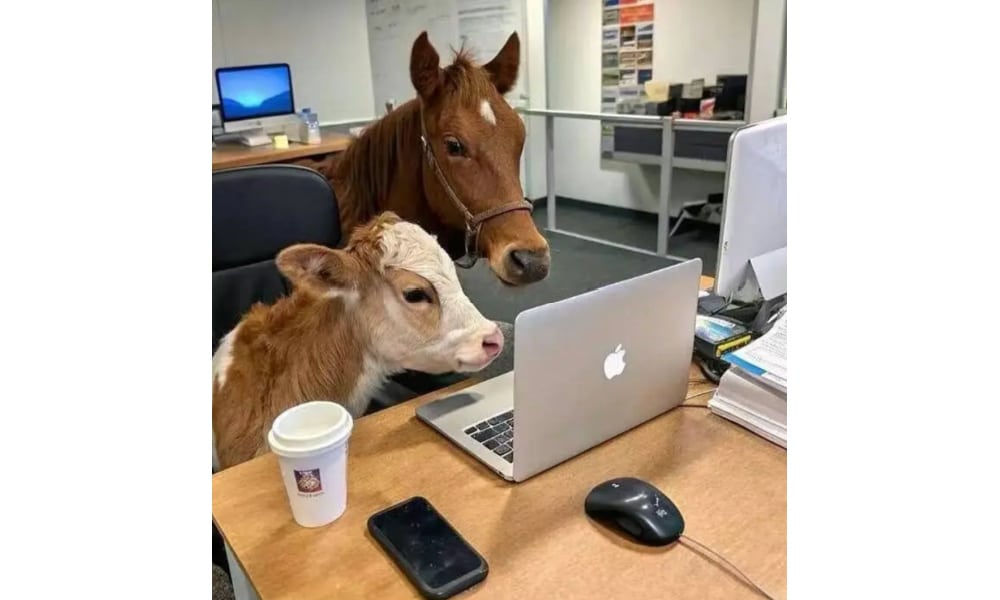
Not only is this quote making the shortage a metaphor for modern workplace dynamics in China, it also reflects on the state media editor who dared to feature this as the main header for the article. One Weibo user wrote: “It’s easy to be a cow or a horse. But being a donkey takes courage.”
By Manya Koetse
(follow on X, LinkedIn, or Instagram)
Spotted a mistake or want to add something? Please let us know in comments below or email us. First-time commenters, please be patient – we will have to manually approve your comment before it appears.
©2025 Whatsonweibo. All rights reserved. Do not reproduce our content without permission – you can contact us at info@whatsonweibo.com.
China Arts & Entertainment
Passing the Torch from ‘Ne Zha’ to ‘Nobody’: China’s Box Office Poster Relay Tradition
With China’s box office relay tradition, every movie’s success becomes a win for Chinese cinema.
Published
2 months agoon
August 20, 2025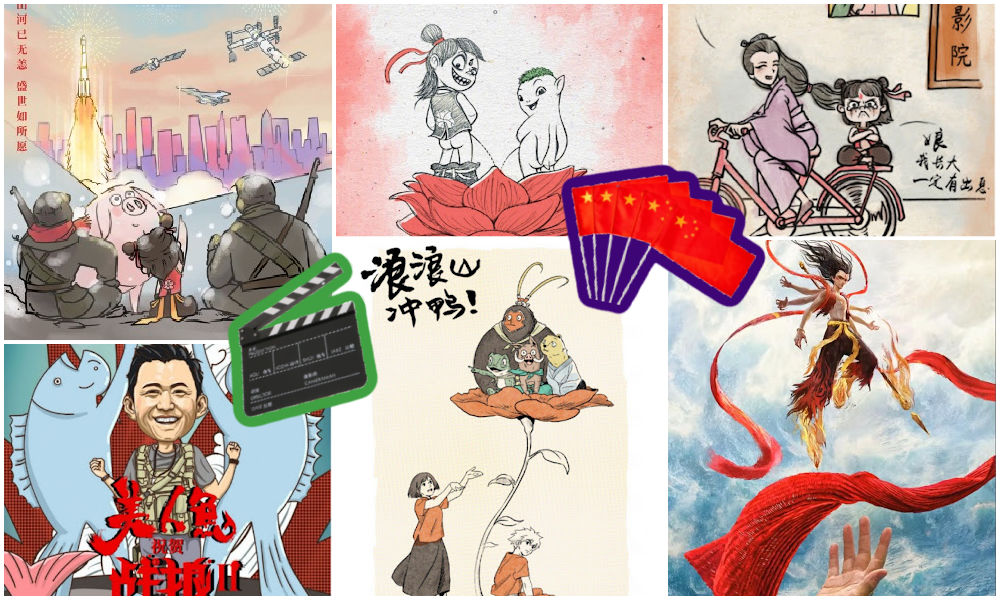
When one film breaks a record in China, the previous champion often celebrates with a playful and creative congratulatory poster. It’s a uniquely Chinese mix of solidarity, box-office success, and internet culture.
China’s 2025 summer box office season has been a success, surpassing 10 billion yuan (~US$1.4 billion), driven by record-breaking domestic films that have also made waves on Chinese social media.
Somewhat unexpectedly, the Chinese 2D animated feature Nobody (浪浪山小妖怪) has emerged as the season’s breakout hit.
On August 11, Nobody overtook the total earnings of the 2016 hit Big Fish & Begonia (大鱼海棠), also a domestically produced animation, becoming the highest-grossing domestic 2D animated film in Chinese history.
In keeping with industry tradition, Big Fish & Begonia celebrated the milestone by releasing a congratulatory poster on its official Weibo account.
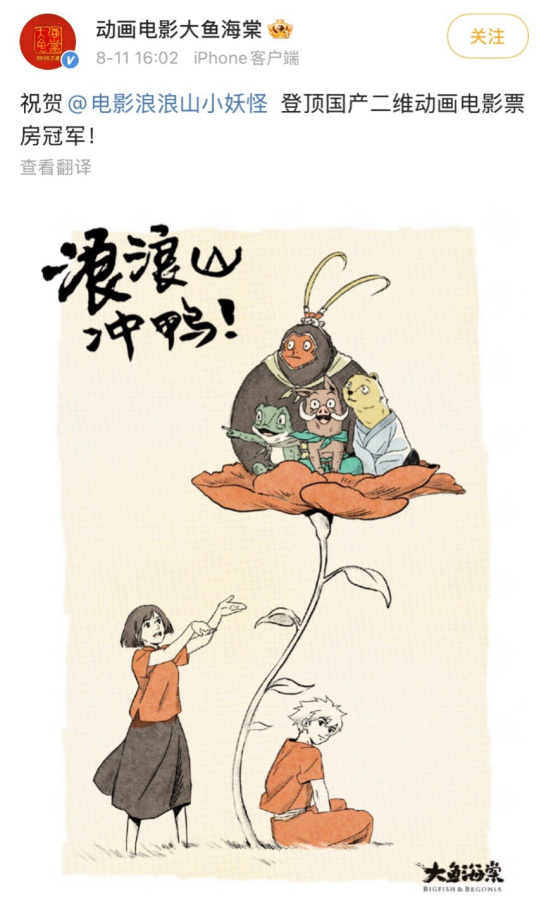
The poster shows the quirky characters of Nobody sitting on top of a giant red flower, while the protagonists of Big Fish & Begonia cheer them on from below. Written in bold calligraphy (“浪浪山冲鸭!”) is a playful phrase to cheer the movie on (translatable as: “Go, Langlang Mountain!” [Langlang Mountain is the original Chinese title.])
This is a unique “tradition” in China’s film industry: whenever a movie breaks a box-office record—no matter the category—the previous record-holder pays tribute by releasing a specially designed “congratulatory poster” in a gesture of camaraderie.
These posters are usually shared through the official Weibo accounts of the former champions, as it is common for Chinese film and TV drama productions to have their own accounts on Weibo.
Origins of the Poster Relay in China
The tradition of the so-called “box-office champion poster relay” (票房冠军海报接力) in China dates back to 2015, when Xu Zheng’s hit Lost in Thailand (泰囧)—which had held the record for highest-grossing domestic film since 2012 with a box office of 1.267 billion yuan (~US$200M)—was overtaken by Monster Hunt (捉妖记), which went on to gross 2.44 billion yuan (~US$340M).
Director Xu Zheng, who also starred in Lost in Thailand, took the initiative to release a humorous congratulatory poster for Monster Hunt. In the image, the little monster Huba (胡巴) is shown dancing on Xu’s bald head, accompanied by the text: “Lost in Thailand congratulates Monster Hunt on topping the Chinese box office.”
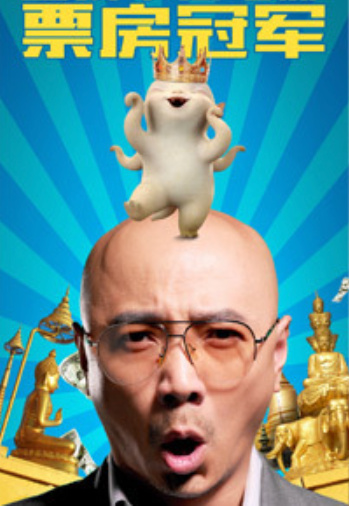
The poster that started a tradition.
Then, in 2016, Stephen Chow’s The Mermaid (美人鱼) surpassed Monster Hunt with a box office take of over 2.44 billion yuan (~US$340M). In response, the Monster Hunt team also released a congratulatory poster showing its main character Huba transformed into a mermaid, gazing up at the tail of The Mermaid.
The text on the poster reads: “Xing Ye (星爷) reaches the top, and Huba comes to congratulate him” — Xing Ye being Stephen Chow’s well-known nickname in Chinese. The vertical text on the right quoted lyrics from The Mermaid’s theme song: “You ask if this mountain is the highest in the world — there are always mountains higher than the other.”

Monster Hunt had been congratulated for its own win; now it was its turn to congratulate The Mermaid.
The relay continued in 2017 when Wolf Warrior 2 (战狼2) became the first Chinese film to cross the 5-billion-yuan mark (~US$700M), topping the chart. The Mermaid sent its congratulations with a poster featuring the Mermaid placing a crown on Wu Jing (吴京), the director and star of Wolf Warrior 2.
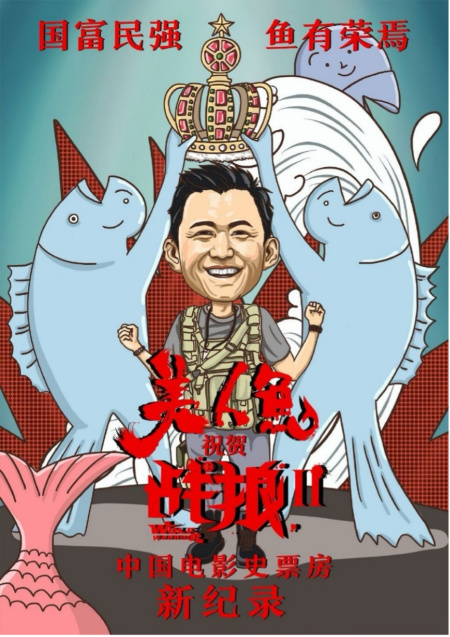
Caption: The Mermaid’s congratulatory poster for Wolf Warrior 2 in 2017. The text at the top reads: “When the nation is prosperous and the people are strong, the Mermaid shares in the honor.”
Beyond the Championship
Over time, the tradition expanded. Films that were overtaken in the rankings, even if it was not a change of the championship, also began releasing congratulatory posters.
In 2019, the animated sensation Ne Zha 1 (哪吒之魔童降世) surpassed a string of blockbusters, including Monster Hunt, Operation Red Sea (红海行动), and The Wandering Earth (流浪地球), to become the second-highest-grossing Chinese film at the time. Each of these films then sent their own tribute to “Little Nezha.”
A hand-drawn congratulatory poster by Xu Chengyi (许诚毅), the director of Monster Hunt, said: “We are all little monsters, free and easy together,” as a slight twist on Nezha’s classic line from the movie.
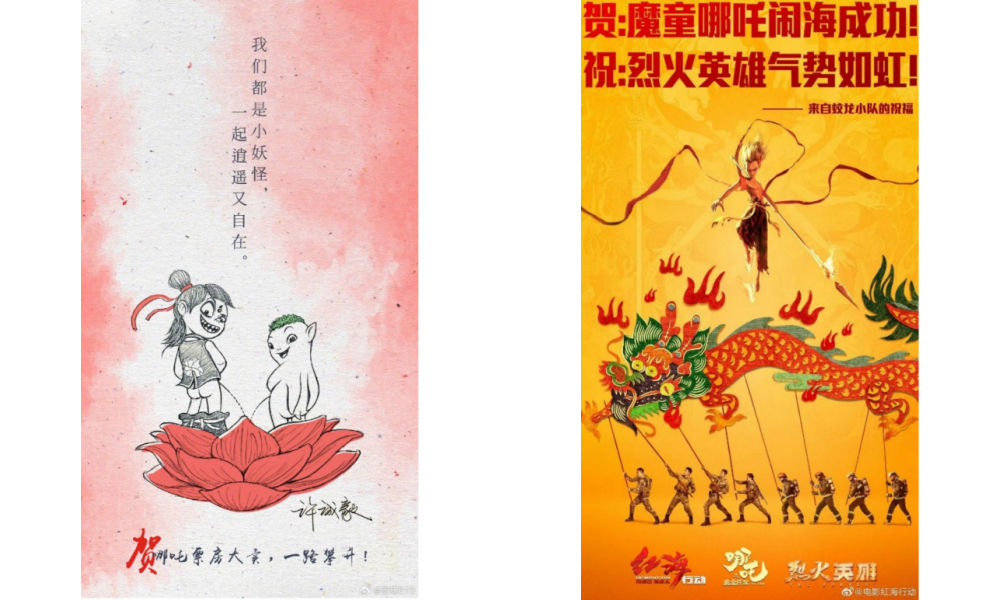
Congratulatory posters by Monster Hunt and Operation Red Sea to celebrate the success of Ne Zha in 2019.
The congratulatory poster by Operation Red Sea to Ne Zha 1 in 2019 also included a reference to The Bravest (烈火英雄), another film from the same producer, Bona Film Group, released at the same time as Ne Zha 1. In doing so, Bona used the popularity of Ne Zha 1 to promote its own new film at the same time.
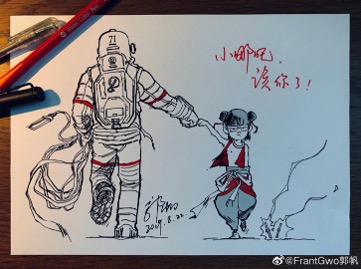
Congratulatory poster by Guo Fan(郭帆), director of The Wandering Earth.
In 2019, Guo Fan (郭帆), the director of The Wandering Earth (流浪地球), hand-drew a congratulatory poster for Ne Zha. The illustration featured playful artwork accompanied by the text: “Little Nezha, now it’s your turn!”
Ne Zha also set a milestone for Chinese animation in an international context, earning 1.834 billion yuan (~US$260M) within nine days and reclaiming the animated film box office record in China from Zootopia.
Coloroom Pictures, the producer of Ne Zha and other Chinese animated hits, marked the achievement with a poster that both celebrated the unity of China’s animation community and acknowledged the challenges that still lay ahead, writing: “Chinese animation has taken a big step forward, but it is still just starting out.”
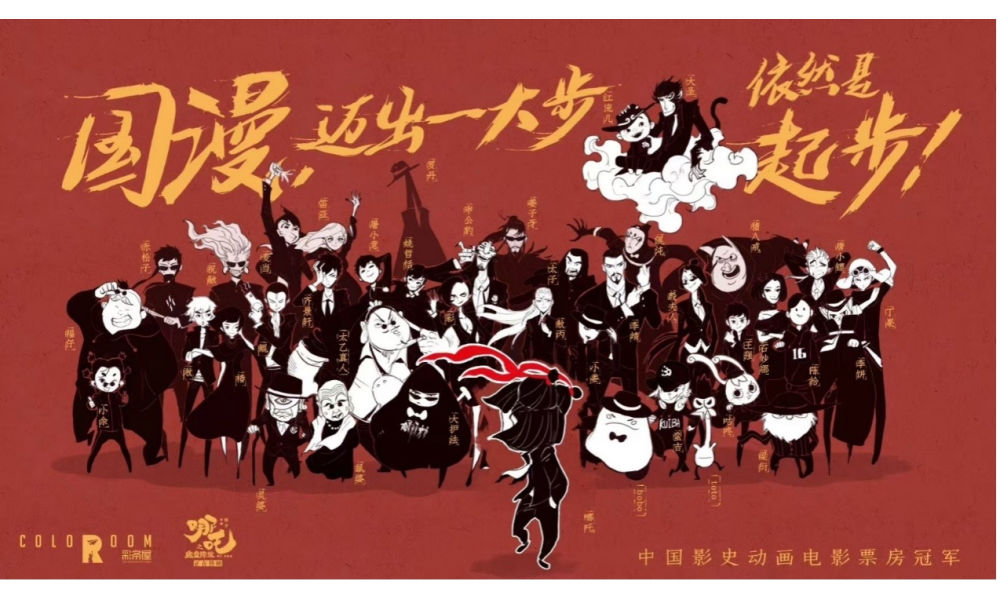
The poster features dozens of Chinese anime characters in formal dress, with Little Nezha standing in front of them and looking back.
These kinds of online congratulatory wishes, resonating with netizens, continued in 2021 when Hi, Mom (你好,李焕英) climbed to second place in China’s all-time box office.
Ne Zha 1 then released a hand-drawn poster showing Nezha sitting on the back of his mother’s bicycle, vowing to make something of himself—a promise fulfilled four years later when Ne Zha 2 actually surpassed Hi, Mom in early 2025.

Ne Zha 1’s congratulatory poster to Hi, Mom in 2021. The poster depicted a scene in front of Chentangguan Cinema where Hi, Mom is being shown, with Nezha sitting on the back seat of his mother’s bicycle (a classic scene in Hi, Mom’s promotion poster), vowing, “Mom, I will surely make something of myself when I grow up.”
In return, Hi, Mom published a poster in a matching style to response Ne Zha’s congratulatory poster in 2021.
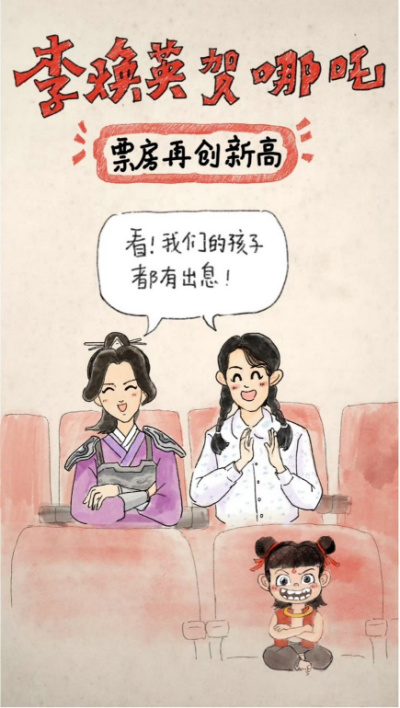
Hi, Mom’s congratulatory poster to Ne Zha 2 in 2025, in which Nezha’s mother and the mother from Hi, Mom sitting together and applauding for the success of Ne Zha 2, saying, “Look! Our children are all promising.”]
All these exchanges have created unexpected interactions between vastly different movie genres.
In November 2021, when the war epic The Battle at Lake Changjin (长津湖) surpassed Chinese animation feature Ne Zha 1, the congratulatory poster released by Ne Zha 1 depicted Nezha alongside volunteer army soldiers, gazing at rockets, fighter jets, and satellites.
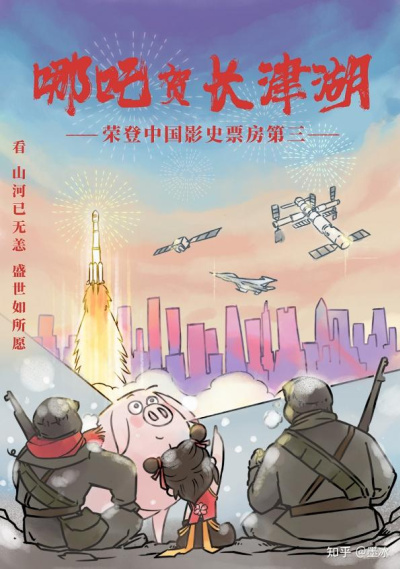
Ne Zha 1’s congratulatory poster to The Battle at Lake Changjin in 2021.
In 2025, when Ne Zha 2 seized the all-time box-office crown, The Battle at Lake Changjin also responded with a creative image.
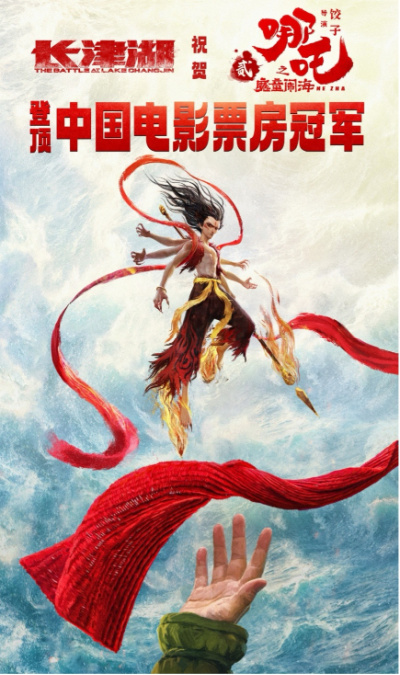
The Battle at Lake Changjin’s congratulatory poster to Ne Zha 2 in 2025.
In that image, Nezha’s magical weapon the Hun Tian Ling (混天绫) was ingeniously linked to the red scarf thrown to soldiers in The Battle at Lake Changjin. At the bottom, a soldier’s large hand is shown in a lifting gesture, holding Nezha up.
The concept of such a serious war movie interacting with a humorous animated film sparked some excitement among Chinese netizens at the time. They saw the exchange as a dialogue between traditional mythology and modern history, and as a symbol of the continuity and success of China’s film industry.
A Unique Chinese Tradition?
The custom of one film “passing on the torch” to the next hit film through a congratulatory message is not entirely unique to China. The practice can actually be traced back to Hollywood.
In 1977, when Star Wars dethroned Jaws at the North American box office, director Steven Spielberg congratulated George Lucas with a full-page ad in Variety, humorously depicting R2-D2 reeling in the great white shark.
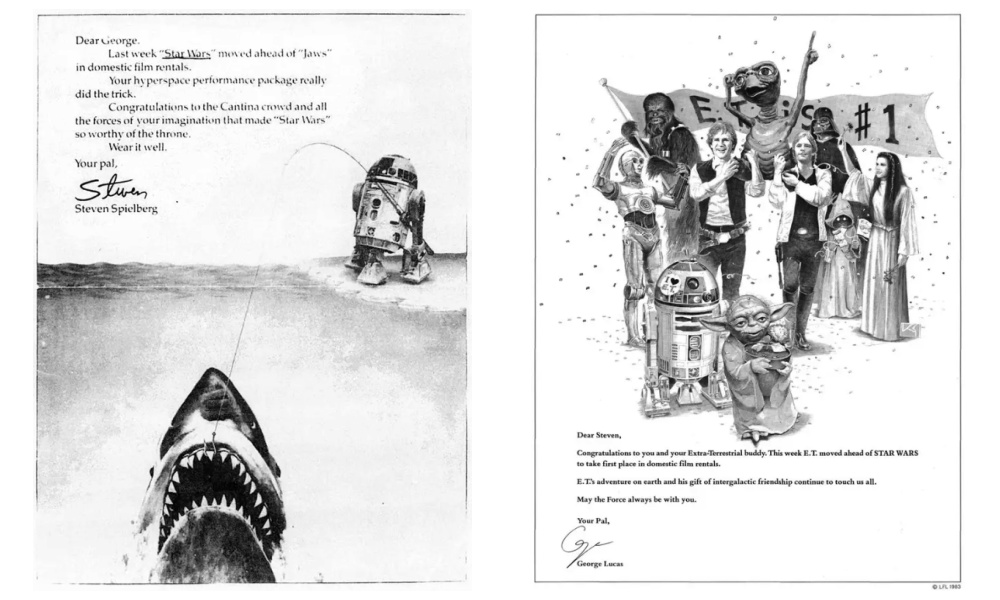
When Star Wars was dethroned by Titanic at the global box office in 1998, George Lucas sent a famous congratulatory message to James Cameron, again as a full-page ad in Variety.

Star Wars meets Titanic, famous congratulatory message to James Cameron .
In May 2019, when Avengers: Endgame officially overtook Titanic’s worldwide box office total to become the second-highest-grossing film of all time (behind Avatar), James Cameron — director of both Titanic (1997) and Avatar (2009) — posted a congratulatory image to salute Marvel Studios.

James Cameron on Twitter in May 2019.
So, although the practice of “passing the torch” among box office record-holders is not uniquely Chinese, the way it has developed in China is very distinct:
🔹 In Hollywood, box-office champions often hold the crown for years, and the ‘changing of the guards’ is relatively rare. In China, however, the industry has flourished mainly in the past decade, and records are broken far more frequently.
🔹 Social media has become central to promotion and marketing. Virtually all major Chinese films run active official accounts that not only post promotional material but also engage in playful interactions with other productions.
🔹 In Hollywood, congratulatory notes tend to come from individual directors, who salute each other as “friendly competitors.” In China, the messages are sent from the films’ official accounts, presenting it more as team-to-team recognition.
🔹 In that sense, it’s not just “movie versus movie,” but rather the Chinese film industry collectively measuring itself against Hollywood and other foreign hits. Each congratulatory poster is therefore not only a celebration of a new record, but also a statement of pride in the broader success of Chinese cinema.
🔹 Participation is not limited to the very top box-office leaders; other productions often join in, creating a ripple effect of collective celebration.
In China, the frequent turnover of box-office leaders combined with the creativity of these posters has turned the practice into a beloved feature of both film culture and the social media landscape.
In an earlier online poll, a majority of respondents described the tradition as “encouraging, and a demonstration of solidarity in China’s film industry.” Others called it a form of “romantic etiquette” unique to Chinese cinema.
Most importantly, it simply feels good — a win-win for both older and newer productions. As one netizen wrote after seeing the congratulatory artwork from Big Fish & Begonia’s official account: “I was inspired and hope that these little monsters can give everyone the courage to set out on their journeys, as well as the strength and passion to pursue their dreams. I hope domestic animation will keep getting better and better!”
By Wendy Huang
Edited by Manya Koetse
Spotted a mistake or want to add something? Please let us know in comments below or email us. Please note that your comment below will need to be manually approved if you’re a first-time poster here.
©2025 Whatsonweibo. All rights reserved. Do not reproduce our content without permission – you can contact us at
info@whatsonweibo.com
Subscribe
What’s on Weibo is a reader-supported publication, run by Manya Koetse (@manyapan), offering independent analysis of social trends in China for over a decade. To receive new posts and support our work, consider becoming a paid subscriber.

Get in touch
Would you like to become a contributor, or do you have any tips or suggestions? Get in touch here!

China Faces Unprecedented Donkey Shortage Crisis

Nanchang Crowd Confuses Fan for Knife — Man Kicked Down and Taken Away

The Wong Kar-wai Scandal Explained: The Dark Side of ‘Blossoms Shanghai’

China’s National Day Holiday Hit: Jingdezhen’s “Chicken Chop Bro”

Evil Unbound (731): How a Chinese Anti-Japanese War Film Backfired

Hidden Cameras and Taboo Topics: The Many Layers of the “Nanjing Sister Hong” Scandal

“Jiangyou Bullying Incident”: From Online Outrage to Offline Protest

The Rising Online Movement for Smoke-Free Public Spaces in China

China Trend Watch: Pagoda Fruit Backlash, Tiananmen Parade Drill & Alipay Outage (Aug 11–12)

From Schadenfreude to Sympathy: Chinese Online Reactions to Charlie Kirk Shooting
Popular Reads
-

 China Memes & Viral3 months ago
China Memes & Viral3 months agoHidden Cameras and Taboo Topics: The Many Layers of the “Nanjing Sister Hong” Scandal
-

 China Books & Literature11 months ago
China Books & Literature11 months agoThe Price of Writing Smut: Inside China’s Crackdown on Erotic Fiction
-

 China Insight5 months ago
China Insight5 months agoUnderstanding the Dr. Xiao Medical Scandal
-
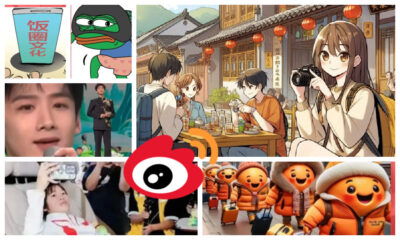
 China Memes & Viral10 months ago
China Memes & Viral10 months agoOur Picks: Top 10 Chinese Buzzwords and Phrases of 2024 Explained
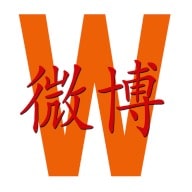
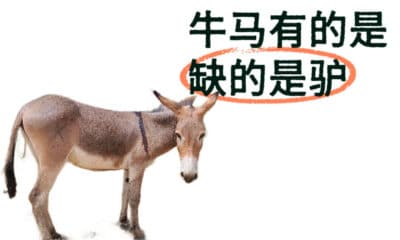


Steven Wrege
June 20, 2018 at 7:06 am
I have have tried most of the shops you have listed but I found that Happy Lemon was the best of them all. RBT is great too if you want a little more food to go with your tea.
I’m really excited that the are expanding in the United States since I now live there.
LinYun
November 7, 2018 at 6:31 am
Hello! Reading milk tea shops in China makes me feel nostalgic, reminding me of the days when I lived there and frequently went to Yi Dian Dian. I was interested to read how milk tea shops are rising in popularity among young consumers. I would be interested to further research how these brands will adjust their marketing strategy to appeal to the younger public. I was surprised to learn that people in China drink more milk tea than coffee. On the other hand, tea is a drink closer to the Chinese culture than coffee which makes marketing to consumers easier. While there are many affordable milk tea shops in China, the ones in the US are much more expensive. The tea shops here position themselves as an exotic product. In the following years, I wonder if their marketing strategy in the US will change to attract a larger consumer base.
Olivier
November 23, 2020 at 10:58 am
super interesting article, just share on twitter.
tea franchise has become a massive trends for consumers and small investors in China.
Small bets, good profit, it was the investment of the year 2019